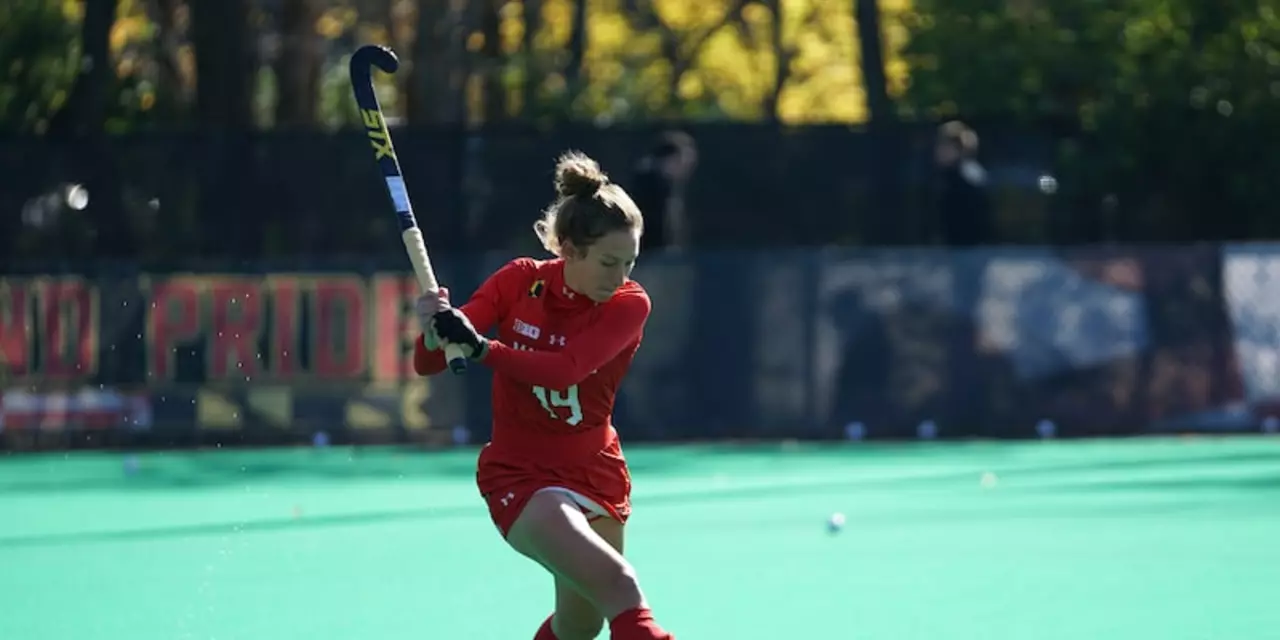How to Pick, Care for, and Use the Perfect Hockey Stick
If you’ve ever wondered why some players seem to glide across the ice or turf with ease, the secret often starts with the stick. A good stick matches your style, height, and the way you swing. In this guide we’ll break down the basics, so you can feel confident the next time you walk into a sports shop or shop online.
Choosing the Right Stick
First, think about the length. Hold the stick upright next to your side; the top should line up with your hip for field hockey and with the tip of your nose for ice hockey. Too short and you’ll struggle to control the ball or puck; too long and you lose power.
Next, check the flex. A lower flex (softer) flexes more easily, which is great for quick flicks and wrist shots. A higher flex (stiffer) gives you harder shots but needs more strength. Most beginners start with a medium flex – it offers a balance of power and control.
Material matters too. Modern sticks come in composite, carbon fiber, or wood. Composite sticks are lightweight and give a consistent feel, while wood feels solid and can be cheaper. If you’re on a budget, a wood stick works fine; just expect a bit more weight.
Maintaining Your Stick
Keep the shaft dry. A wet stick can warp, especially in icy conditions. After every game, wipe it down with a dry cloth and store it in a cool, dry place.
Watch the blade or face. Cracks, dents, or chips affect how the puck or ball moves. If you notice a nick deeper than a few millimeters, it’s time for a replacement. Small scratches can be sanded lightly, but avoid using abrasive tools on composite sticks.
When you’re not playing, avoid leaning the stick against a wall or leaving it in direct sunlight. Heat can soften the composite layers, weakening the stick over time.
Now that you know how to choose and care for your stick, let’s talk about using it effectively on the field or rink.
Grip is key. Place your top hand high on the shaft and the bottom hand just below the blade. Your hands should be about shoulder-width apart; this gives you room to rotate for powerful shots. Keep your wrists relaxed – tension kills speed.
Practice the basic swing: lift the stick slightly, snap your wrists, and follow through toward your target. A quick flick with a light grip works for delicate dribbles, while a full swing with a firm wrist snap generates power for shots on goal.
Remember to angle the blade correctly. For ice hockey, a slight upward tilt helps lift the puck over the boards. In field hockey, a flat face keeps the ball close to the ground for smoother dribbling.
Finally, don’t forget to have fun. The best way to improve is by playing regularly, watching how other players handle their sticks, and trying new techniques. With the right stick and a bit of care, you’ll notice better control, stronger shots, and more confidence on every match.
